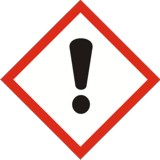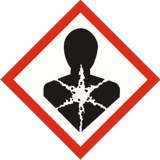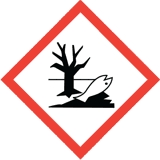Lead(II) oxide, Puratronic, 99.9995% (metals basis), Each

$ 337.37
|
|
Details:
It is used in the manufacture of glass, ceramics and computer components. Addition of lead oxide increases the refractive index, electrical resistivity, Curie temperature, and the ability of the glass to absorb X-rays. It is also added to decrease the viscosity of glass. It is employed in the vulcanization of rubber, lead acid batteries, and in the production of certain pigments and paints. In cathode ray tube glass lead oxide is used to block X-ray emission. It acts as an efficient reagent in oxidation reactions as well as condensation reactions of hydroxy ketones with diamines to form quinoxaline derivatives with high yield.
Additional Information
| SKU | 10008494 |
|---|---|
| UOM | 25g |
| UNSPSC | 12352200 |
| Manufacturer Part Number | 01072814 |
| CAS Number | 1317-36-8 |
| Is Hazardous | Yes |
| HS Code | 2824100000 |
|---|---|
| UN Number | UN 3288 |
| Proper Shipping Name | Lead(II) oxide |
| Packaging Group | PG III |
| Commodity Code | 595 |
| DG or HZ | DG |
| Hazardous Class | 6.1 |
| Label |  |
| Molecular Formula | OP |
| EC Number | 215-267-0 |
| HIN | 90 |
| SIN | Lead compounds |
| Hazard Statement | H302+H332-H351-H360D-H362-H372-H410 |
| Precautionary Statements | P304+P340-P405-P501a-P201-P260-P263-P280-P301+P312+P330-P308+P313 |
| Risk Statements | 61-20/22-33-50/53-62 |
| GHS | GHS07,GHS08,GHS09 |
| GHS (Pictogram) |    |
| Safety Statements | 53-45-60-61 |
| Hazard Code | T,N |
| Signal Word | Danger |

